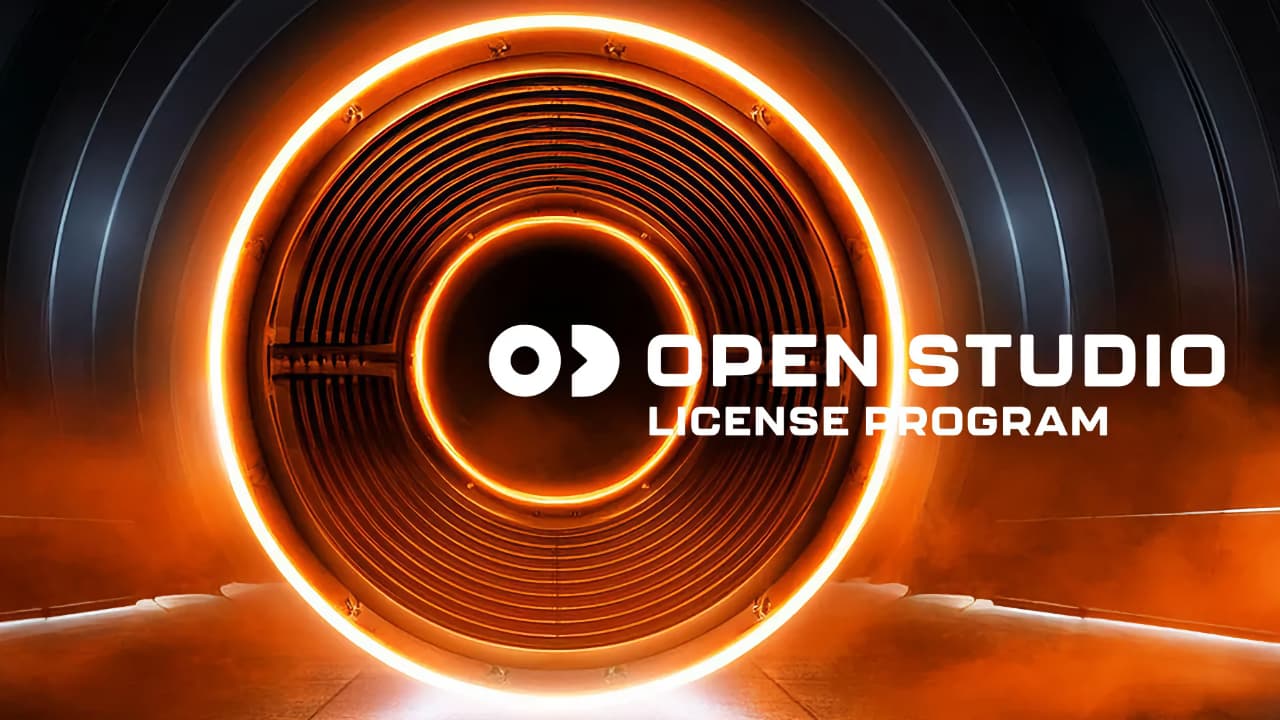
Zero Density has just announced a new license program granting free access to entities with annual revenues under $1 million, and its real-time motion graphics platform, Lino, will be moving into open beta after IBC.
The new Zero Density Open Studio License Program is going to offer the entire software stack of Zero Density’s Unreal-based graphics ecosystem at no cost to independent creators, indie creators & developers, small businesses, and academic users. Essentially any entities with annual revenues under $1 million are eligible for it, while for those exceeding the threshold, the (now old school) paid licensing model will apply.
The program offers full access to all licenses within Zero Density’s Unreal-based ecosystem, including Reality5, Lino, Reality Hub, and the Traxis Hub.
If this sounds familiar, then it is. Zero Density introduced this program following changes to the well-established End User License Agreement by Epic Games, the company behind Unreal Engine on which ZD’s graphics ecosystem is based. Zero Density’s Open Studio License Program now follows the same over/under $1m model.
As of now, new users can access the software by connecting their Epic account to the Unreal GitHub environment. Following this, they must register here to receive the necessary licenses. During registration, users will be required to provide basic information about their business or project to verify eligibility. The licenses granted under this program are valid for one year.
Lino moving into open beta
 Lino is the last piece in the puzzle for Zero Density, and means that the company will soon have a complete ecosystem supporting both virtual production and real-time motion graphics and enabling the creation and management of all graphics within Unreal Engine.
Lino is the last piece in the puzzle for Zero Density, and means that the company will soon have a complete ecosystem supporting both virtual production and real-time motion graphics and enabling the creation and management of all graphics within Unreal Engine.
The software is moving into open beta after IBC2024 with selected brands and professionals, and essentially means that all production assets can be created in Unreal. That means video wall content, on-air graphics, pre-production motion graphics, and virtual production graphics - pretty much the whole kit and caboodle.
Key features include:
No-Code Customization: Build complex graphics logic without coding, making advanced graphics accessible to all skill levels.
Broadcast-Ready Features: Utilize the embedded Transition Logic system for live-updated broadcast graphics with minimal rigging.
Seamless Integration: Control both Reality and Lino with Reality Hub to enhance efficiency through a single operating interface and integration with NRCS and automation systems.
Versatile Output: Create on-air graphics, real-time motion graphics, and video wall graphics effortlessly, with support for multiple key/fill channels and custom resolutions.
Flexible Asset Management: Streamline the process of sharing and synchronizing assets within a project, ensuring consistency across all outputs.
Web-Based Accessibility: Manage rundowns, playouts, and stream preview channels via a web browser for maximum flexibility.
You’ll have caught some mention of Reality Hub in there. This is another of ZD’s ecosystem components, and provides a central control system for all of the company’s graphics packages. When used with Lino, its Channel Management Feature allows users to add, remove, and assign channels to the Full Screen or Key and Fill graphics pages in a rundown. Channels can also be composited with any Live feed or other channels with different graphics, while it also includes a Motion Design Playout module with features for managing on-air graphics, including Take-In, Take-Out, Continue, Next, and Clear operations.
There’s one other cool bit of kit that can be thrown into the mix. The EVO II for Lino is Zero Density’s render engine and ensures that Lino can handle the most demanding broadcast environments using best-in-class components like the GeForce RTX 4090, AMD Ryzen 9 7950X3D CPU, hot-swappable 900 Watt power supply and thermal-efficient layout. Check it out below.
If you're in Amsterdam you can see it all in action on Stand 7.B01, and if our experience in the past is anything to go by, it’s usually a fun place to visit. We’ll take some video when we visit ourselves…


Comments